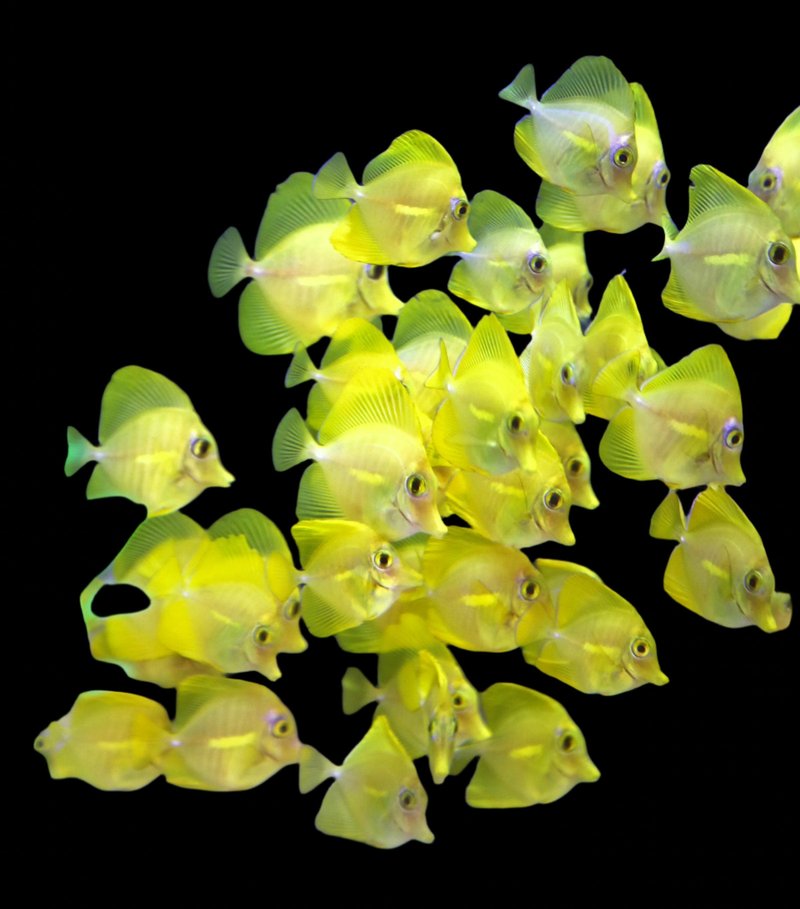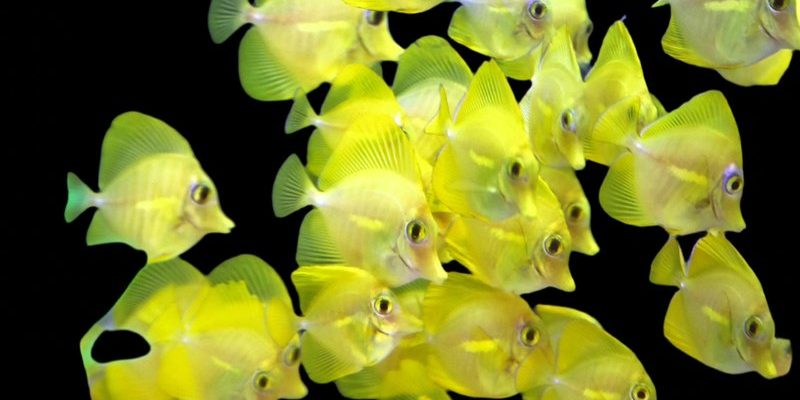
Breeding fish is like gardening. You need to create a healthy environment and be ready to nurture your “plants” (or in this case, fish) as they grow. In the case of Yellow Tangs, creating that perfect habitat is essential. They’re not just about their vibrant color; they have specific needs and behaviors that must be understood. So, whether you’re thinking about setting up your first tank or you’re a seasoned aquarist looking to expand your knowledge, let’s explore the ins and outs of breeding Yellow Tang in captivity.
Understanding Yellow Tang Behavior
To breed Yellow Tang successfully, you first need to understand their natural behavior. These fish are known to be social creatures, often found in groups in the wild. In your tank, they can display some territorial tendencies, especially males. This means you’ll want to create a spacious environment that minimizes aggressive interactions.
Yellow Tangs are livebearers, meaning they naturally breed in the ocean during specific times of the year. In captivity, mimicking those conditions can help. When considering breeding, think about the adults’ age and health, as well. They typically reach maturity around 6 months to a year, but healthier specimens may breed earlier. Keeping them well-fed with a varied diet can help boost their breeding readiness.
Another behavior to note is their spawning ritual. Yellow Tangs usually spawn at dawn, often in a synchronized manner. If you’re lucky enough to witness this, you may see them swim together, swirling in a dance-like pattern before releasing eggs and sperm. Sounds beautiful, right? Not to mention it’s a clear sign that your fish are ready to breed.
Setting Up the Ideal Breeding Environment
Creating the right environment is crucial when breeding Yellow Tangs. Start with a large tank—ideally, at least 50 gallons. This provides enough space for them to swim and establish territories. Adding plenty of live rock will create hiding spots and breeding nooks. Think of live rock as your fish’s version of cozy corners in a house; it makes them feel safe and at home.
Water quality is another huge factor. Yellow Tangs thrive in clean, stable water conditions. Make sure to keep the temperature between 72°F and 78°F, with a salinity level around 1.020 to 1.025. Regular water testing and maintenance will help ensure that the conditions stay ideal for breeding. Using a good filtration system will make a world of difference, too. Remember, a happy fish is more likely to breed!
Also, lighting plays a role in their breeding behavior. A consistent light cycle can help simulate day and night, signaling to your fish when it’s time to spawn. Try to replicate the natural lighting that occurs during their breeding season—about 12 hours of light followed by 12 hours of darkness can work wonders.
Feeding for Breeding Success
The right diet is crucial for your Yellow Tangs, especially if you want them to breed. Think of it as giving them a gourmet meal—high-quality food can make all the difference. A varied diet that includes marine algae, high-quality flakes, and pellets will ensure they’re getting the nutrients they need. Supplementing their diet with fresh vegetables like spinach or zucchini can also encourage healthy growth and stimulate breeding behaviors.
During breeding season, you might want to increase their food intake just a bit. Providing more food can boost their energy levels and motivate them to spawn. Just make sure it’s clean and high-quality. A well-fed fish is a happy fish, and happy fish are more likely to breed.
Keeping an eye on their feeding habits can also be revealing. If you notice increased aggression or changes in their eating patterns, it could be a sign they’re preparing to breed. This is a good time to monitor their interactions closely.
Challenges in Breeding Yellow Tangs
While breeding Yellow Tangs can be rewarding, it’s not without its challenges. One major hurdle is that spawning doesn’t always guarantee successful fertilization. Sometimes, the eggs are not fertilized, which can be disheartening. Factors like water quality, feeding, and stress levels can impact this.
Another challenge is raising the fry. Once the eggs hatch, the larvae are very small and require specific care. They typically need a more complex diet rich in microalgae and other tiny foods. This can be tough if you’re new to fish keeping. It’s like trying to feed a newborn baby solid food—it’s a gradual process. Employing a specialized breeding tank with gentle filtration can help keep the environment stable for the fry.
You might also face issues with aggression, especially if you have multiple males. Yellow Tangs can be territorial, and conflicts can arise when trying to establish breeding pairs. The key here is patience. Sometimes, separating the males temporarily can reduce stress and allow the breeding pair to focus on each other.
Monitoring and Caring for Yellow Tang Fry
Once you’ve successfully bred your Yellow Tangs and the eggs have hatched, the real work begins. Caring for the fry is like nurturing a delicate seedling. They’re incredibly small and fragile, requiring the right environment and diet to thrive.
Start by keeping the fry in a separate tank away from adults. This helps prevent them from being eaten, as adult Tangs may view them as a snack! Maintain stable water conditions, keeping the temperature and salinity consistent. Providing a gentle flow of water can help keep the fry from settling too much and ensure they don’t get stressed.
As for feeding, you’ll need to introduce finely crushed food or specially formulated fry food. Rotifers, infusoria, or liquid fry food work well for these tiny fish. As they grow, you can start introducing larger foods, just as you’d give a growing child more solid meals. Keep an eye on their growth and adjust the diet accordingly.
Breeding Yellow Tang in captivity may seem daunting at first, but it can also be a fulfilling journey. It’s about creating the right environment, feeding them well, and addressing challenges as they come. Remember, patience is key. Just like tending to a garden, nurturing these beautiful fish takes time and effort.
So, if you’re considering taking the plunge into breeding Yellow Tangs, go for it! Each moment you spend observing their behavior, providing care, and watching the fry grow can be rewarding. Who knows? You might find yourself with a dazzling display of Yellow Tangs, dancing their way through your aquarium—proof of your dedication and hard work. Happy breeding!

